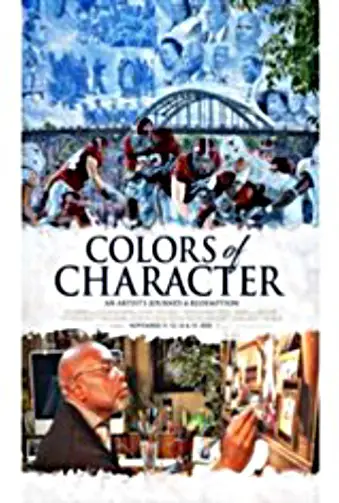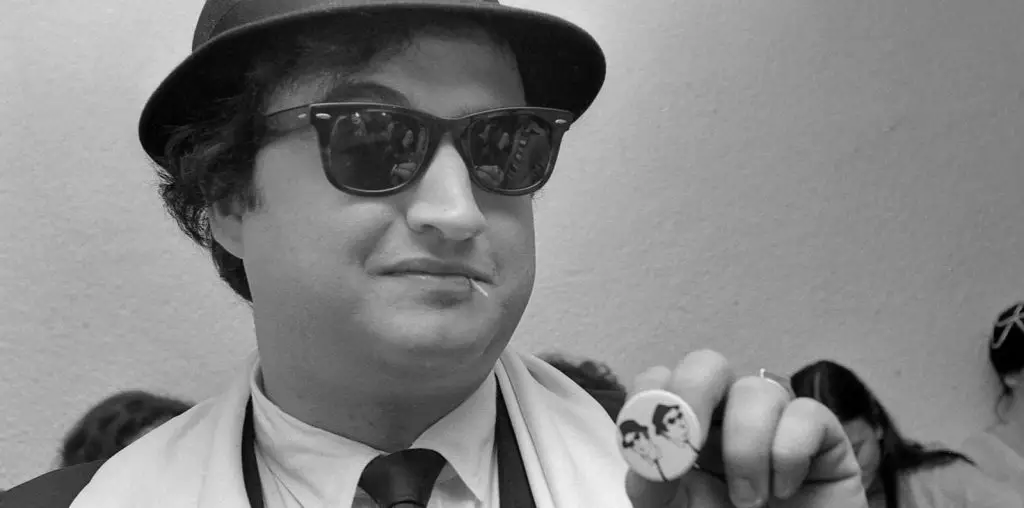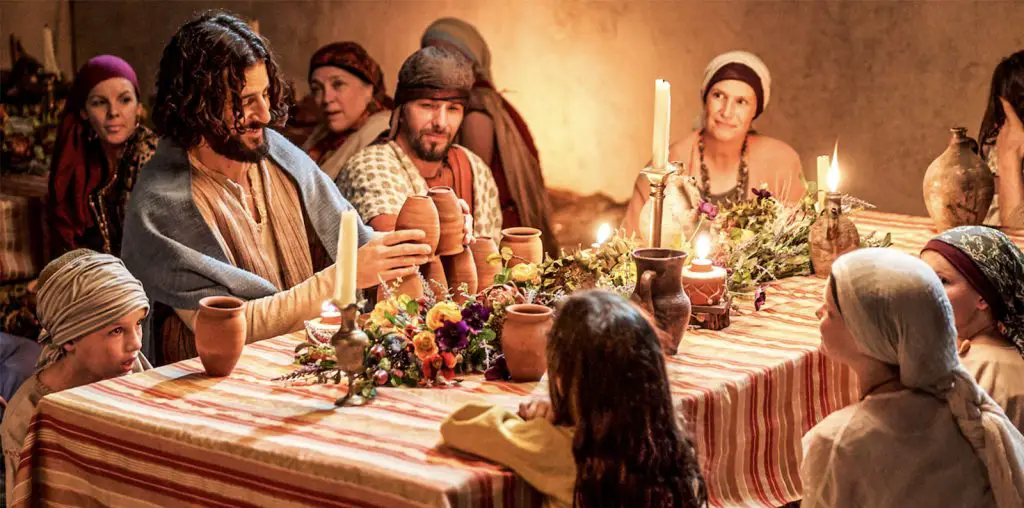
As Skipper’s reputation grew in the world of sports painting, God would lead him into the less-than-lucrative subject of Civil Right artwork. No working artist could live on the money made in Civil Right art, but he wasn’t doing it for the money. He did it because that was his calling. His work would culminate in his portrait of Martin Luther King’s sabbatical in Bimini, Bahamas, where he wrote his Nobel Peace Prize acceptance speech.
Through talking-head interviews with Steve Skipper himself and colleagues from the sports and civil rights community, his story is told. There’s also plenty of art that highlights how brilliant Skipper is as an artist, but Skipper would give all the credit to God. Director Danielson leans heavily into the subject’s devout faith and being a bridge between black and white America.

“…leans heavily into the subject’s devout faith and being a bridge between black and white America.”
To say that Colors of Character: An Artist’s Journey to Redemption is religious is a massive understatement. Skipper’s life and God’s providence are intertwined throughout the entire film. I admit that I’m pretty biased when it comes to Christian-faith films. Though his story and walk with God are laid on thick, it’s still an inspiring one.
I have a large stable of friends and family who want nothing to do with God. To them, let me ask, why not give Colors of Character: An Artist’s Journey to Redemption a chance? The portrayal of God in Steve Skipper’s life is closer to the one I know. That apolitical God, who is laser-focused on loving your neighbor, changing lives in miraculous ways, and bringing unity to a racially divided nation. And no, there’s no collection plate being passed around at the end.

"…though his story and walk with God are laid on thick, it's still an inspiring one."


